A South African discovery offered the first proof of birds migrating across the equator.
South Africa (06 October 2025) – A bird in the hand is worth two in the bush, the old proverb states. But if it’s a bird that has been fitted with a ring, its value now includes a contribution to scientific research and essential environmental education.
On 30 January 1909, a nephew of a certain Mr Peter McKenzie of Himeville in what was then still called Natal, shot a White Stork with his rifle.
Sadly, the killing of the bird was probably an entirely unremarkable event in an era when hundreds, if not thousands, of birds were shot every day across southern Africa.
But this particular avian mortality provided a scientific breakthrough that made international ornithological history, as McKenzie unsuspectingly revealed in a very short letter to The Times of London newspaper published five weeks after the event.
This was because his unnamed nephew had made the “astonishing” discovery that the dead bird had a metal band around one of its legs with the inscription “Ornith. Közpout, Budapest, Hungary 209”.
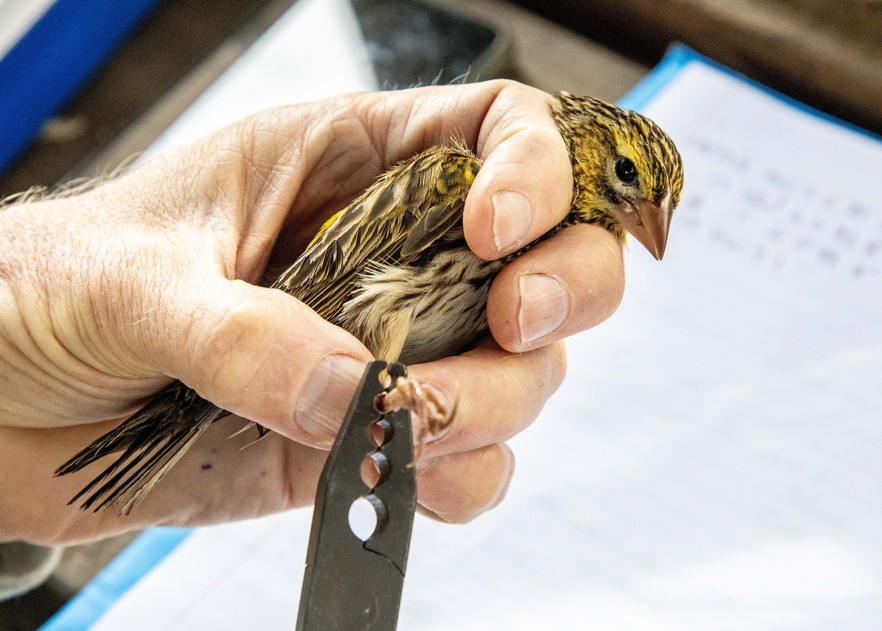
As well as reporting the incident, McKenzie had made a modest request to the distinguished newspaper’s editors:
“Should you find room for these few lines, hope [sic] they may come to the notice of those who put the band on.”
Possibly because of The Times’s then formidable reputation and reach across Europe, the band was traced back to its Hungarian origin and was duly revealed as having been fitted to the young stork the previous year while it was still a chick in the nest in neighbouring Romania.
“This was the first scientific evidence of a trans-equatorial migration – the first hard evidence of a bird actually flying from Europe to Africa,” explains Emeritus Professor Les Underhill, a veteran South African bird ringer, globally respected statistical ecologist and champion of “citizen science” biodiversity initiatives that include many bird ringing operations. “It’s one of the key events in the history of bird ringing globally!”
Just three years after the stork incident, on 23 December 1912 and also in Natal, the first band — now commonly called a ring — was recovered from a Barn Swallow that had been ringed at a nest in Staffordshire, central England.
The Barn Swallow is a common, near-global migratory species, and one of its several different migration journeys involves an annual return flight between Britain and South Africa.
“This discovery of the 1912 ring provided the first direct evidence that Barn Swallows breeding in the British Isles migrated to winter in South Africa, a remarkable journey of close to 10,000 kilometres,” says Underhill.
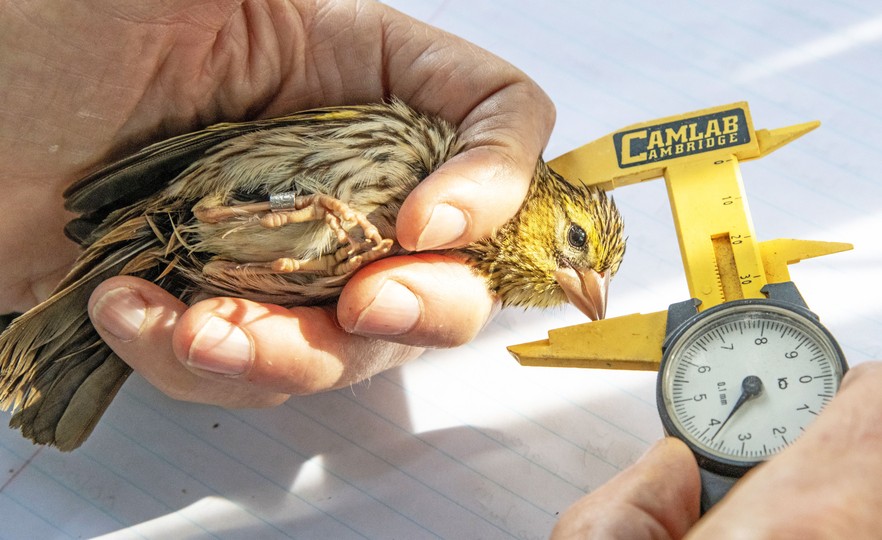
Modern bird-ringing was started in 1899 by Danish school teacher Hans Christian Mortensen, who made leg rings from the then newly available ultra-light metal, aluminium. He engraved each with a unique number and a return address in order to track bird movements and migratory patterns. He ringed and released 165 juvenile Common Starlings and very soon started getting responses from all over Europe.
His pioneering ringing work was “a major step toward modern ornithological research”, says Underhill.
In South Africa, bird-ringing started officially on August 1, 1948 under the auspices of the then Southern African Ornithological Society, when a team of birders and climbers ringed 31 Cape Griffons (now usually called Cape Vultures) from a colony on the Kransberg cliffs in the Marakele National Park in North West Province.
These efforts soon produced further valuable evidence of bird movement when one of the ringed birds was found 14 months later near Bulawayo in what is now Zimbabwe – the first recovery of a southern African bird ring.
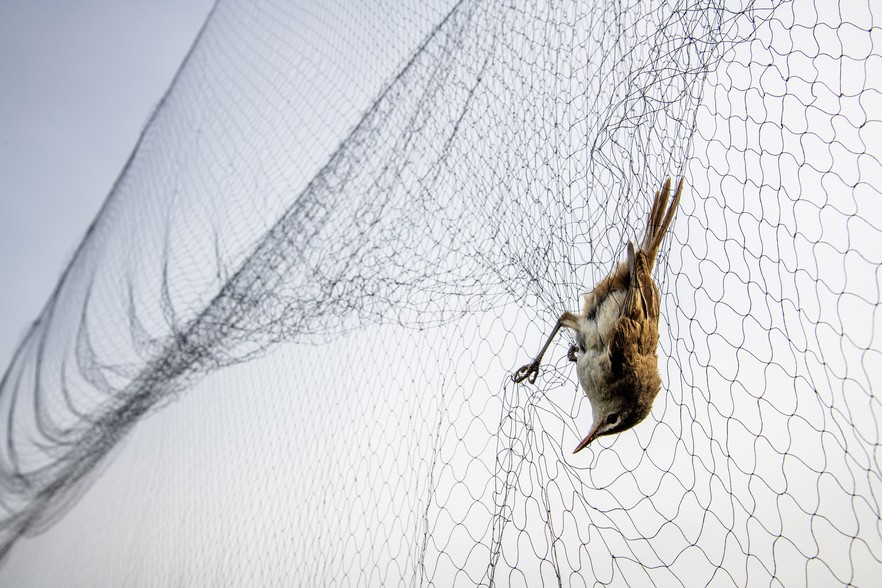
Today, all bird-ringing within both southern African countries and some further north is coordinated, administered and curated by the South African Bird Ringing Unit (SAFRING), based at the University of Cape Town.
SAFRING currently holds data from over 2.7-million rings that have been fitted to birds.
Why is bird ringing important?
Underhill is uniquely qualified to answer that question. Now approaching the end of his seventh decade, he’s been ringing birds since he was 20.
Still a Senior Research Scholar at UCT after his official retirement in 2011, he is also Director of the Rondebosch-based non-profit Biodiversity and Development Institute that has a close association with SAFRING.
The institute’s many activities include bird ringing expeditions in Africa and intensive bird ringing training courses at places like the Nuwejaars Wetlands Special Management Area on the Agulhas Plain that help create “citizen science” databases that are accessible for serious scientific statistical analysis.
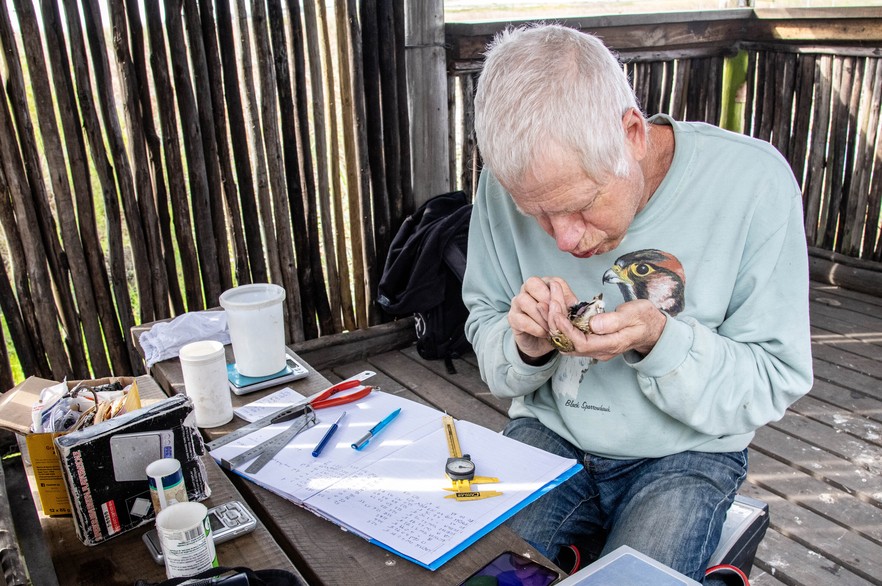
The first “quick and obvious” response about the importance of ringing is that it helps us understand movement patterns of birds, Underhill explains. “The more subtle answer is that it provides estimates of survival rates; these are estimated by statistical methods and are important because they help us understand the balance between births and deaths.
“The third answer lies in the data we collect off the bird while we are handling it, such as bill length, wing length, body mass, state of moult and so on,” he explains.
“And fourthly, when bird ringing is conducted for many years at a single site, we discover trends. For example, we learn how the timing of bird migration through Europe is changing in response to climate change.”
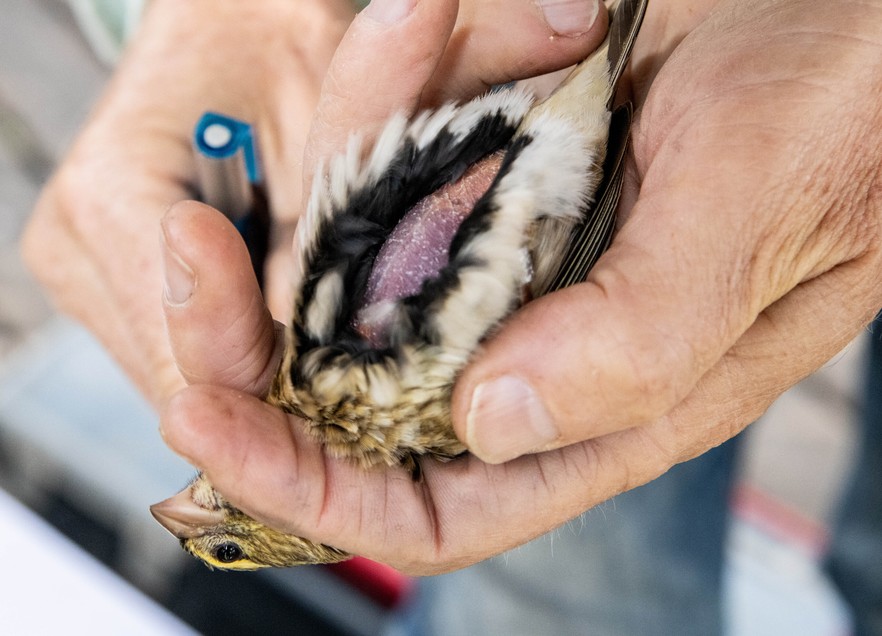
The value of bird ringing is “awesome and really quite fascinating stuff”, Underhill continues. “And from a conservation point of view, it’s really important to understand just why and how birds are changing.”
Then there’s another major thrust to the importance of bird ringing – “It’s just the most brilliant way of connecting people to Nature,” he says.
“When most people see a wild bird close up, it’s dead and limp. But when you actually see a live bird in the hand and you can see the beauty of its feathers and how they work, how the wing works …
“Basically, it gives you a whole new perspective on birds and on nature, and I think one of the real values of bird ringing is the opportunity to show birds close-up to people.”
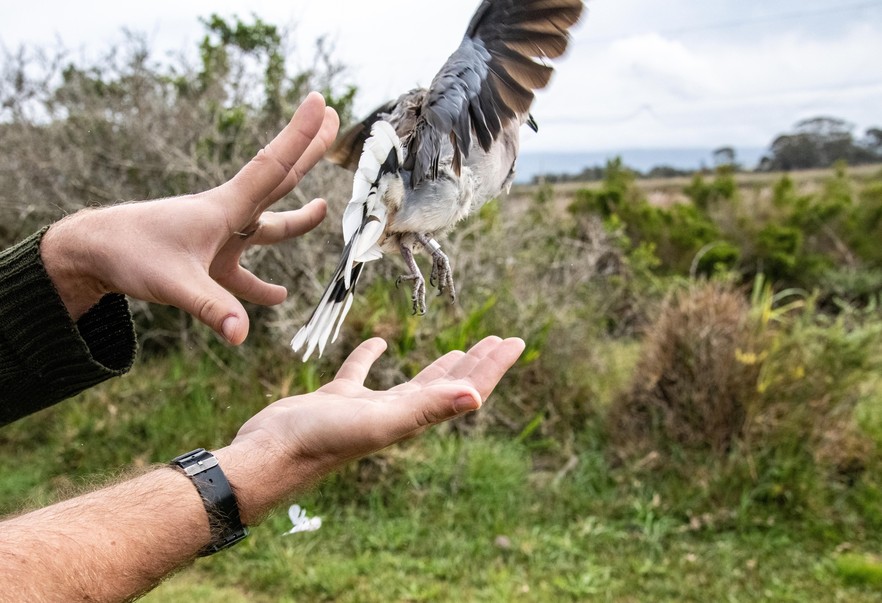
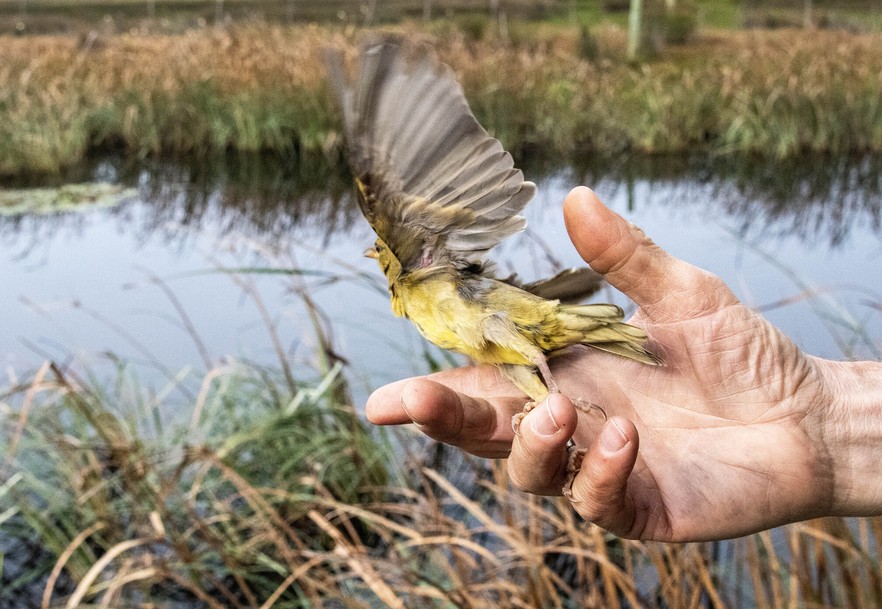
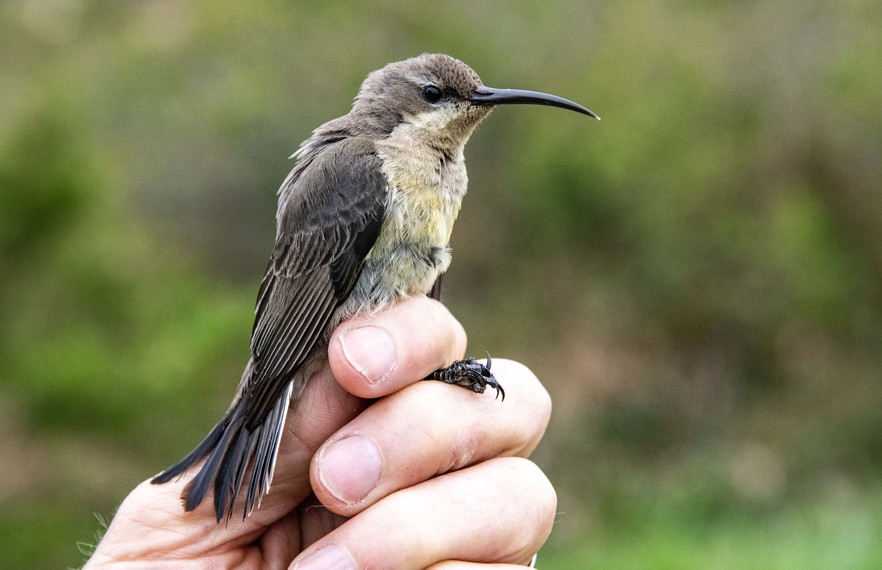
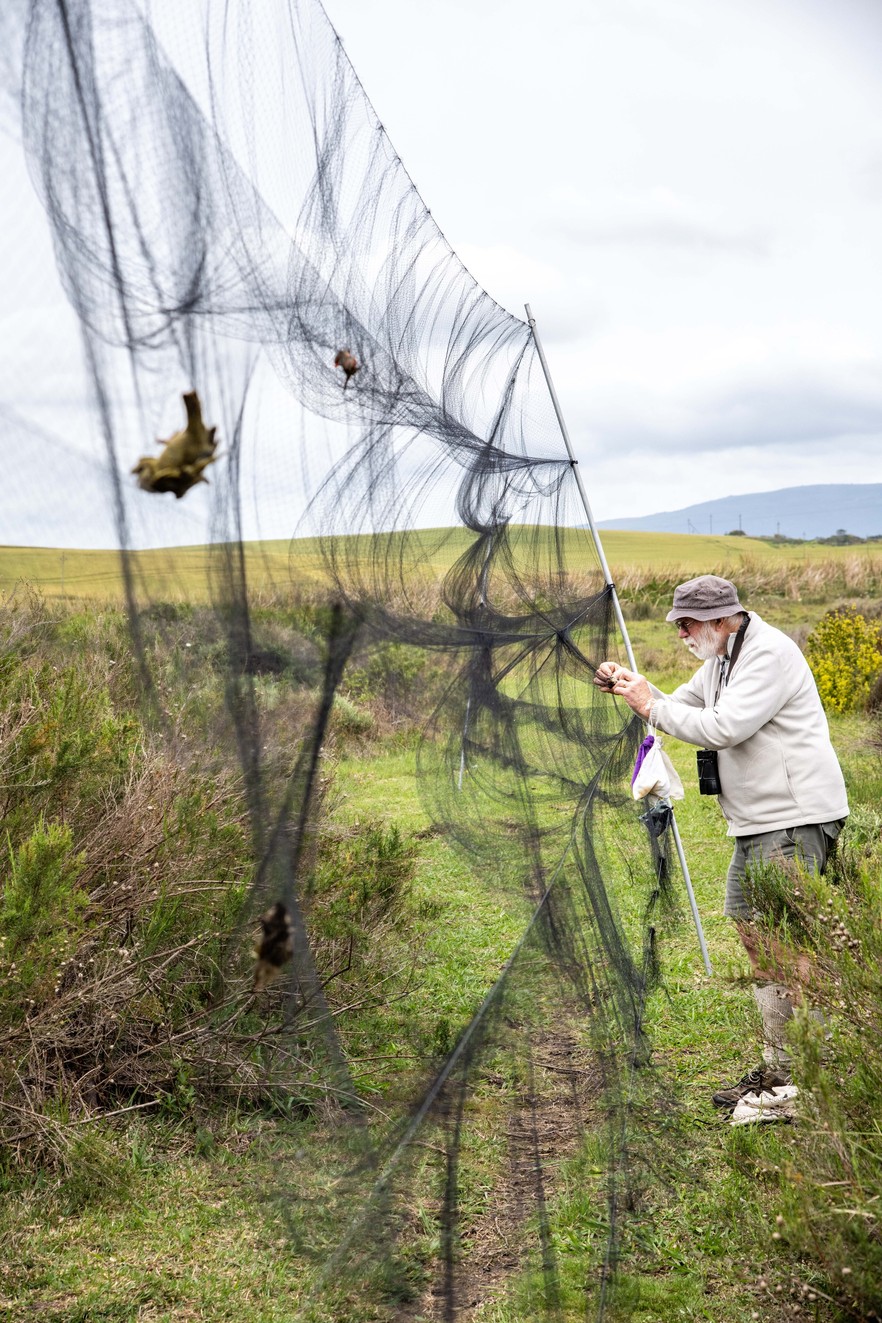
Cape Agulhas
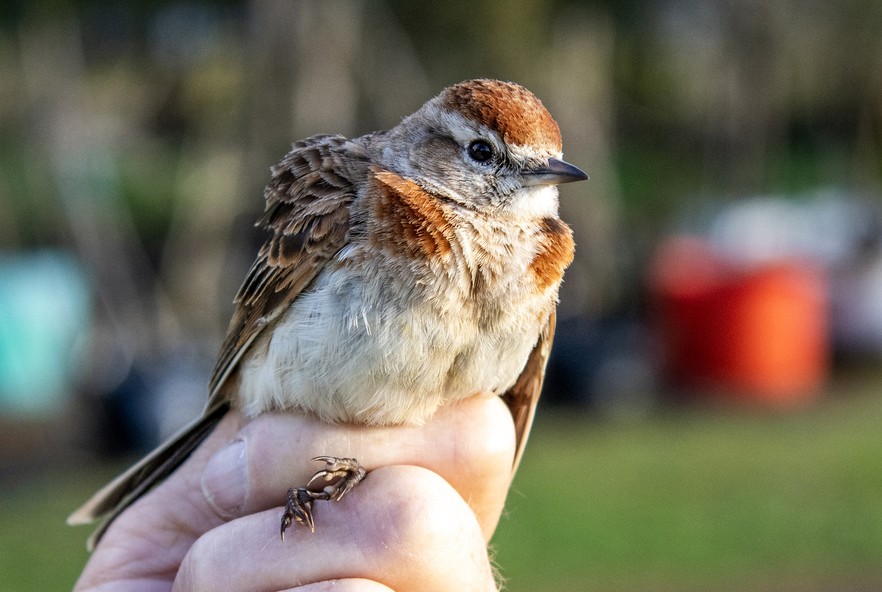
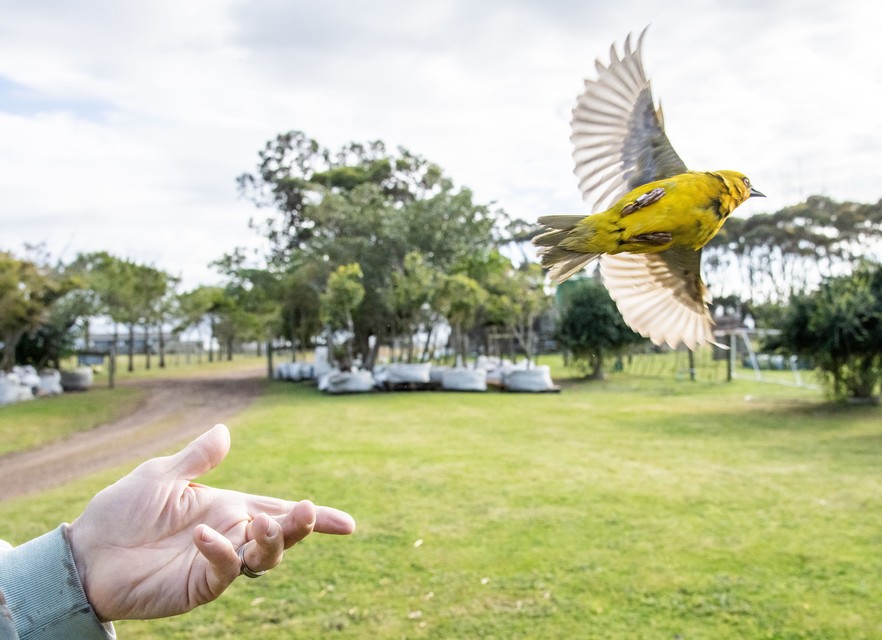
GroundUp provides independent news about events and people in South Africa. If you would like to support the work they are doing, you can donate here, visit the website hereor follow them on Facebook or Instagram.
Sources: GroundUp
Don’t ever miss the Good Things. Download the Good Things Guy App now on Apple or Google.
Do you have something to add to this story? Please share it in the comments or follow GoodThingsGuy on Facebook & Twitter to keep up to date with good news as it happens, or share your good news with us by clicking here or click the link below to listen to the Good Things Guy Podcast with Brent Lindeque – South Africa’s very own Good Things Guy. He’s on a mission to change what the world pays attention to, and he truly believes there’s good news around us. In the Good Things Guy podcast, you’ll meet these everyday heroes & hear their incredible stories:
Or watch an episode of Good Things TV below, a show created to offer South Africans balance in a world with what feels like constant bad news. We’re here to remind you that there are still so many good things happening in South Africa & we’ll leave you feeling a little more proudly South African.

